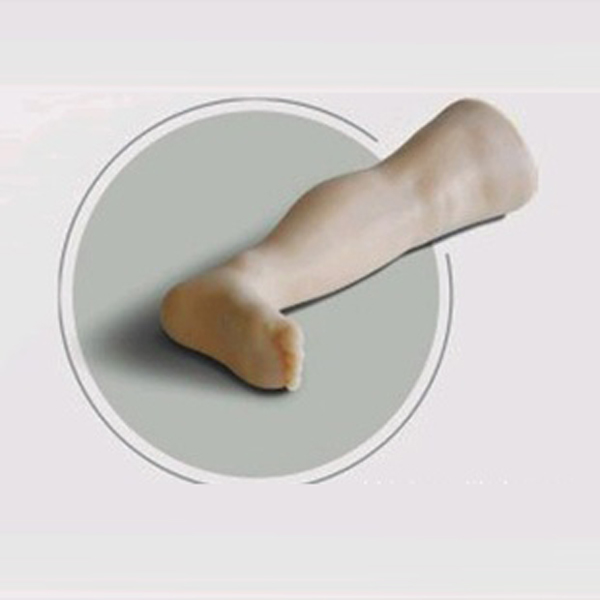In the fine field of medical care, the learning and mastering of pediatric bone puncture skills is undoubtedly a gap that needs to be crossed. This gap is not only between theoretical knowledge and practical operation, but also because of the unique physiological structure and fragile bones of children. However, it is with the pediatric bone puncture model that the bridge is able to steadily move forward and successfully overcome this challenge.
Theoretical knowledge is the cornerstone of any skill a health care worker can master, but the complexity of pediatric bone piercing is far from being fully covered in books. Children's bones are small, soft, and the distribution of blood vessels and nerves is dense, and any slight deviation can lead to serious consequences. Therefore, relying only on theoretical learning, it is difficult for medical personnel to do well in real operation.

It is in this context that the pediatric bone puncture model came into being and became a solid bridge connecting theory and practice. Through high-precision design and production, these models perfectly reproduce the anatomical structure and physiological characteristics of children's bones, providing a near-real practice environment for medical staff.
On the model, medical staff can perform puncture practice repeatedly, familiarize themselves with the puncture path, master the injection Angle and depth, and even simulate various possible emergencies. This kind of simulation training not only helps the medical staff to consolidate the theoretical knowledge, but more importantly, it allows the medical staff to have enough experience and confidence before the actual operation.
Through the bridge function of pediatric bone puncture model, medical staff can gradually bridge the gap between theory and practice. They can practice in a safe, risk-free environment, correct mistakes, and improve their skills until they reach proficiency. This transition from model to clinical not only improves the technical level of medical staff, but also ensures the safety and comfort of children undergoing bone puncture treatment.
In short, the pediatric bone puncture model, as a solid bridge, provides strong support for medical staff to bridge the gap between theory and practice. It is not only a helpful assistant for medical staff to improve their skills, but also an important tool to ensure the safety of children and improve the quality of medical services. In the future medical care work, we have reason to believe that with the continuous improvement and promotion and application of pediatric bone puncture model, more medical personnel will be able to successfully cross this gap and bring more professional, safe and effective medical services to children.
